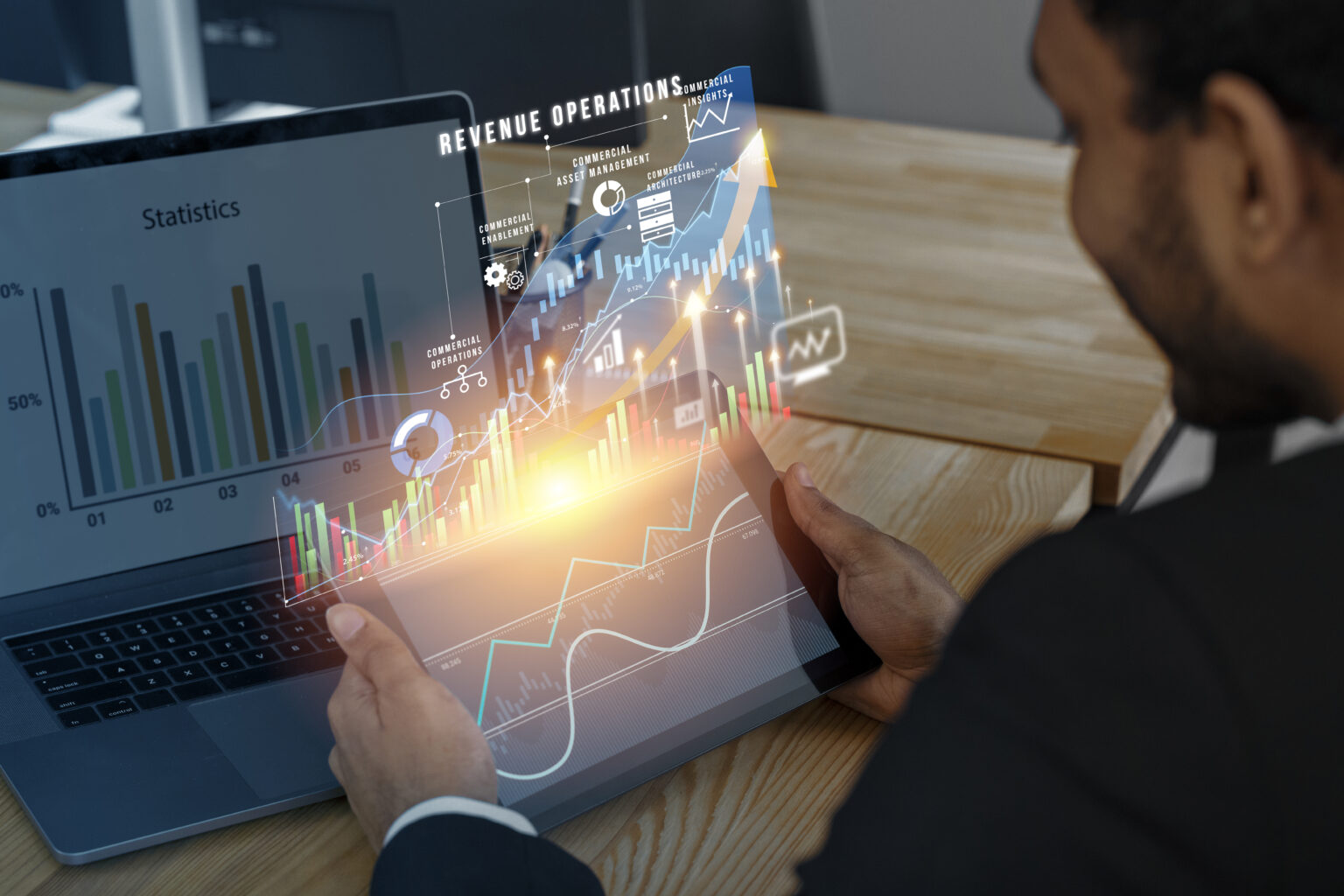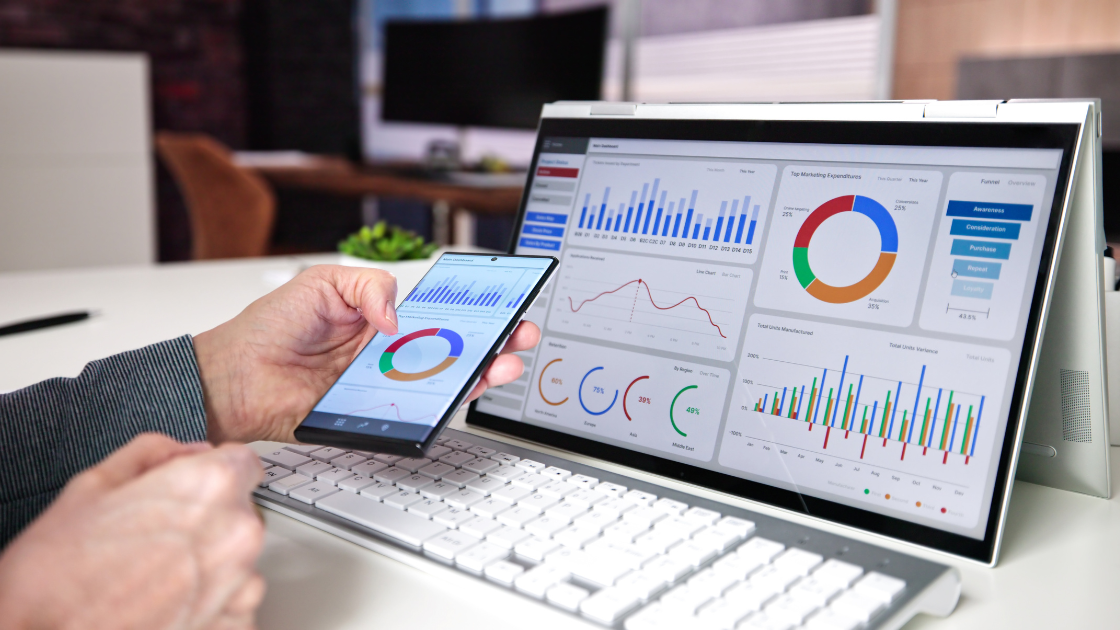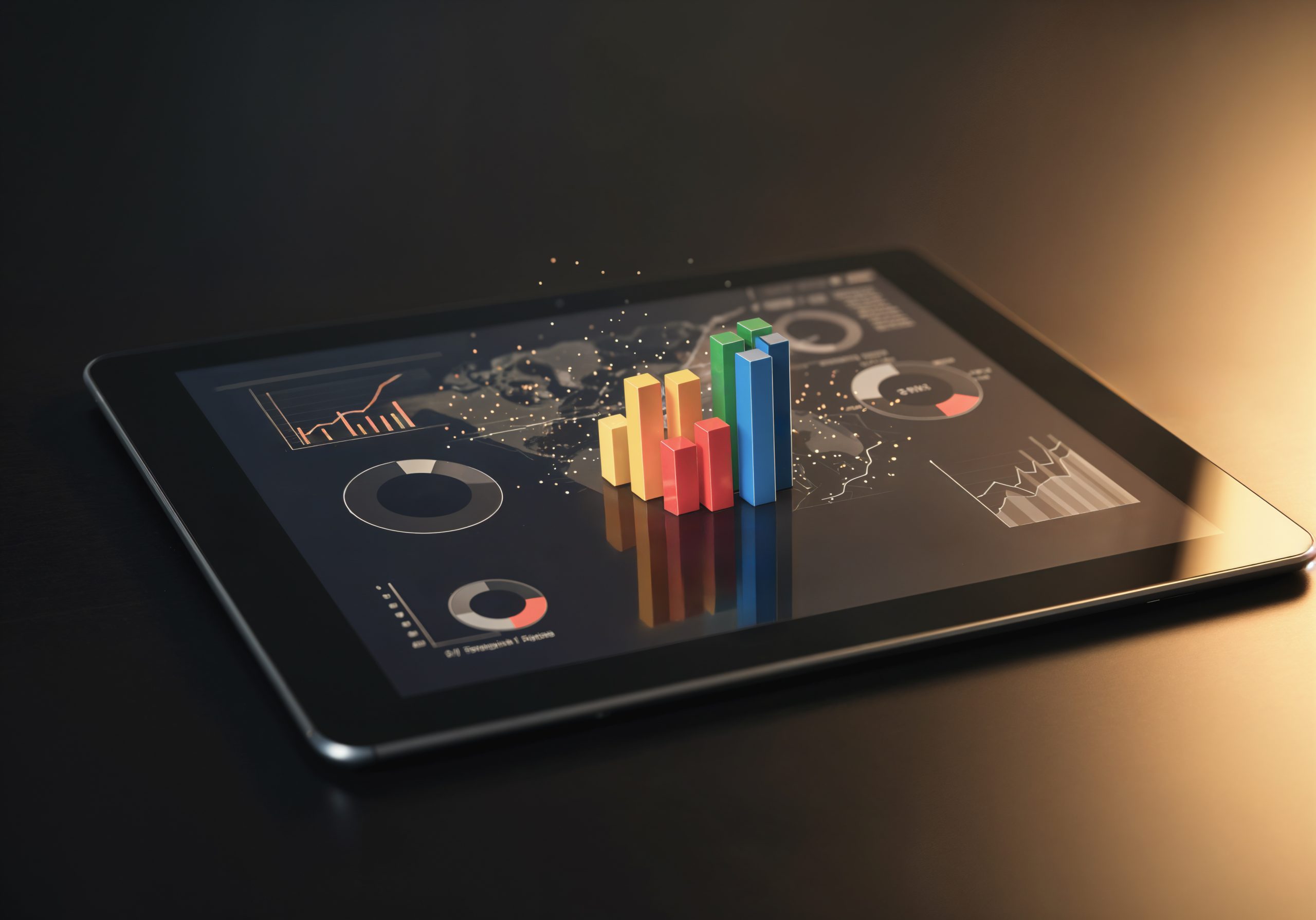
Real-time analytics refers to the continuous processing and analysis of data as it is generated. Unlike traditional analytics, which relies on historical data, real-time analytics delivers immediate insights, enabling organizations to react instantly to changes in their environment.
For example, an e-commerce company can adjust pricing dynamically based on current demand, or a financial institution can detect and prevent fraudulent transactions as they occur.
In an increasingly competitive landscape, data-driven decision-making is not just an advantage—it’s a necessity. Real-time analytics empowers organizations to:
Respond quickly to market fluctuations
Enhance customer experiences with personalized offerings
Mitigate risks through early detection of anomalies
Optimize operations by identifying inefficiencies instantly


Real-time analytics eliminates delays caused by data collection and processing, enabling decision-makers to act in the moment.
Live data streams reduce reliance on outdated information, resulting in more accurate forecasts and better predictions.
With instant visibility into processes, organizations can quickly identify and resolve bottlenecks, reducing costs and increasing productivity.
By analyzing customer behavior as it happens, businesses can offer personalized interactions that build loyalty and increase sales.
Companies using real-time analytics are better positioned to adapt quickly to market trends, giving them an edge over slower competitors.


Retail: Dynamic pricing, personalized promotions, and inventory management.
Healthcare: Monitoring patient vitals and predicting potential complications.
Finance: Fraud detection and high-frequency trading.
Manufacturing: Predictive maintenance to avoid costly downtime.
Logistics: Optimizing routes and delivery times in real time.
As technologies like AI, machine learning, and IoT continue to evolve, real-time analytics will only become more powerful. Businesses that embrace these capabilities will be able to transform data into action faster than ever before.
